|
Knowing how to choose a lesson length is an important aspect of learning music. Unfortunately, not every music learner, particularly new students, knows how to choose a lesson length. This is why it is very common to hear people ask, “what is the best time length for music lessons?” This post is set to guide music students on how to choose the right lesson length so as to enable them to make the most progress possible.
These 6 basic factors are established to enable music students to get the best time length for their music lessons. 1. Goals Goals are generally established to give learners a clear idea of what they want to achieve. Goal setting is an important aspect of learning that cannot be underestimated even in the music world. Learning how to choose an appropriate goal can go a long way to help you obtain the best time length for music lessons which depends largely on your ambition. 2. Concentration It is imperative for every music student to learn to play accurately. Interestingly, this cannot be achieved without a high level of concentration. It is a bad habit for a musician to make mistakes while playing. This doesn’t reflect growth in any way. Your concentration levels will determine the length of music lesson you take. Consider taking a shorter lesson especially if you find it difficult to concentrate for a longer period (about an hour). 3. Comfort Generally, it is difficult to achieve progress in an uncomfortable state or situation. You must ensure to be comfortable with what you are doing to achieve a significant time length with your music lessons. There is no need to stress yourself learning music when you are not comfortable with it. 4. Teacher Music teachers play an important role in helping learners achieve their goals regardless of the lesson length set. When it comes to learning music, there is simply no need to dish out long tiring lessons. The most important thing for every music teacher is to provide the necessary information required to improve learning. This can go a long way to enable the learner to find the best lesson length set. Note that too much information can overwhelm the learner. 5. Experience Experience, they say, is the best teacher. It is important for learners seeking to know what the best time length is for music lessons to ensure that they build on their experience levels. Studies have shown that the more experienced a person is at a thing, the longer he or she will concentrate which can be very helpful in building confidence. 6. Ability Like experience, ability is built over time. Your ability to focus on the project at hand (learning music) can help you identify the best time length for music lessons. Develop your ability to learn and you will find ample time to achieve perfection. Finally, your practice and budget will also play an important role in improving your lesson length. So ensure to practice effectively and ensure to go with a lesson that you can afford. 3 Best Starter Guitar To Consider In 2019
You might want to ask a few questions that would keep you informed about the best starter guitar. As a beginner, it would be important to start learning Acoustic Guitar. Acoustic guitars contains all you basics and fundamentals of string instrument that you need to kick off and it requires a less practice to play if you really want to achieve a degree of success and become an expert in no longer time. If you're looking for an artificial style of play, then, consider learning the Acoustic guitar. You need to prepare and warm up for the ear and finger drills as it requires a more level of attention. Some of the best starter Guitar available in the market are 1. Yamaha F310: I started learning the Guitar practice with F310. It's a great start for beginners because the neck is a little smaller than other types of guitars, and produces an incredible sound and to also crown it, it is available in the market and quite affordable to buy. 2. Squier SA-105 Acoustic Guitar: This guitar has been designed on the "classic" firm-shaped and will produce a warm tone generated by the laminated elegant top and laminated back and edges. It contains a native neck holding a rosewood fingerboard that the fingers glides through. It also has a well made turning pegs for a smoother turning control. 3. YAMAHA FS100C Acoustic Guitar: It possess a unique wonderful sound with a relatively mild bass but treble sounds so great and mid sound. This gives the guitar a traditional-like quality. It has less weight and also possesses a great sound quality. Action has remain even unchanged and I hope that it won't be compromised at any time soon. It's an amazing starting point guitar for beginners with a profound brand name. Any of these three are amazing and they can be recommended to learning guitar. I will advice that the best starter Guitar for beginners who want to improve their skill and become an expert in Acoustic guitar in no longer time should be more of traditional and much more affordable. Take more practice religiously, and if it interests you, then, go further to scale up your skills in Acoustic guitar. The preliminary stages of learning a thing is certainly intense and boring, you might lose a great deal of interest at this stage if you keep up complacent but it gives a great feeling eventually when one has mastered the skill and ready to put it to use. Learning Guitar requires a consistent practice and with a drive to attain the master level. You may need to practice daily with a lot of focus. All the best :) Happy Learning Understanding The Purpose Of Electric Knobs Part 2
You can’t know how to use electric knobs if you don’t know what they are meant for or how they work. This is exactly what this post - The purpose of electric knobs part 2 - is all about. As a guitarist, you will first need to learn what the electric knobs is, then consider what they are used for, before finally knowing how to use them. Understanding electric knobs Most electric guitar experts believe that tone knobs play a major role in cutting treble frequencies. When set at 0, a significant amount of treble and even some high mid sounds will be cut. But if you want all the treble frequencies to get through, then set it at 10. While the use of electric knobs can be very valuable, it, however, depends on the genre of music involved. Just so you know, not every genre of music requires a tone control, such as hard rock and heavy metal. In such cases, guitarists may either choose to use guitars without a tone knob or they may just decide to not even touch it but keep it wide open. You tend to create a piercing shimmery single coil tone when you play the guitar while leaving its electric tone knob wide open. This is simply just what most country musicians do. Why some music genres require a tone knob and others don’t As earlier mentioned, most country style music cannot do without making use of electric knobs which are usually left wide open. But this is not usually the case with metal and hard rock genres because the amp is mostly used for shaping tones particularly when it comes to employing high distortion pedals. Guitarists of this genre prefer the warmer and less treble tone they get from their humbuckers which help to create that pickup tone. Blues and jazz guitarists often focus more on blending with the rest of the music. To this end, there is the need to cut more of the treble by rolling off the tone knob in a bid to create those thick, beefy, mellow, warm sounds that they are commonly associated with. Unlike hard rock guitarists, these guitarists usually have little or nothing to do with their amp settings as they could always use the tone knob to make changes on the tone whenever they choose to. How to use the tone knob It’s as simple as using the “On and Off” command. You get a treble sound when you open the tone knob and get a warmer, darker tone when you roll it off. Now that you’ve read this article -The purpose of electric knobs part 2 – you should be able to know how and when to use electric knobs. It is funny to see how people who claim to be guitarists are yet to fully understand what the uses of the electric guitar knob are. Just so you know, these instrumental elements which are visible on virtually all electric guitars have one important role or the other to play. Understanding these features can go a long way to improve your style of play and how you produce acoustic sounds. So, what are the uses for the electric guitar knob?
To some professionals, electric guitar knobs are simply potentiometers – i.e. they are used as complementary devices or terminal components mainly for controlling volume to create a variable electric potential. However, it is imperative to note that tone knobs are not in any way employed to enhance neither treble nor bass effects on sounds produced but they are mainly used to reduce and restore frequencies. Even after removing higher frequencies, players can still restore them back to the sound by turning them up. Ultimately, these devices give players the power to control frequencies on their guitar. It is common to find professional guitarists rotating those shafts on their guitars. But do you really understand the effects of their action on the sound produced? Basically, these features are established to enable guitarists to get all the frequencies that their guitar and pickups require to effectively produce soothing sounds. Depending on the amount frequencies required, guitarists will need to rotate the shaft backward or forward to find a suitable rate. Without proper regulation, the electric guitar is very much likely to sound harsh especially when the knobs are set at the highest (10). In most cases, professional guitarists will need to remove some of the higher frequencies by adjusting these knobs to (possibly turning them down) effectively roll off the treble. In simpler terms, you tend to reduce the frequencies when you turn the knob downward. However, restoring the frequencies can be effectively done by turning the knob upward toward 10. But there is more to these. What are the uses for the electric guitar knob? It is imperative to understand that increasing or restoring frequencies do not necessarily add active treble frequencies to the pickups that guitarist do when producing sounds. Learning to turn the knob is an act of professionalism. Electric guitar knobs can be used to help professional guitarists get the overall tone they need. However, it all depends on how they set the Tone knob. While it has been stated that removing and restoring frequencies can significantly help to improve the overall tone of the electric instrument, it is, however, important that guitarists adjust their knobs based on the app they are playing through. Regular changes can be made to tone controls on the guitar even while playing. |
Archives
July 2024
Categories
All
|
|
Music Lessons Available on All Instruments:
Piano Lessons
Guitar Lessons Voice Lessons Drum Lessons Violin Lessons Cello Lessons Saxophone Lessons Jazz Improvisation Lessons Flute Lessons Clarinet Lessons Singing Lessons Acoustic & Elec Bass Songwriting & Production |
Contact Us Now
|
Website by Never Alone Business Services
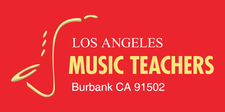
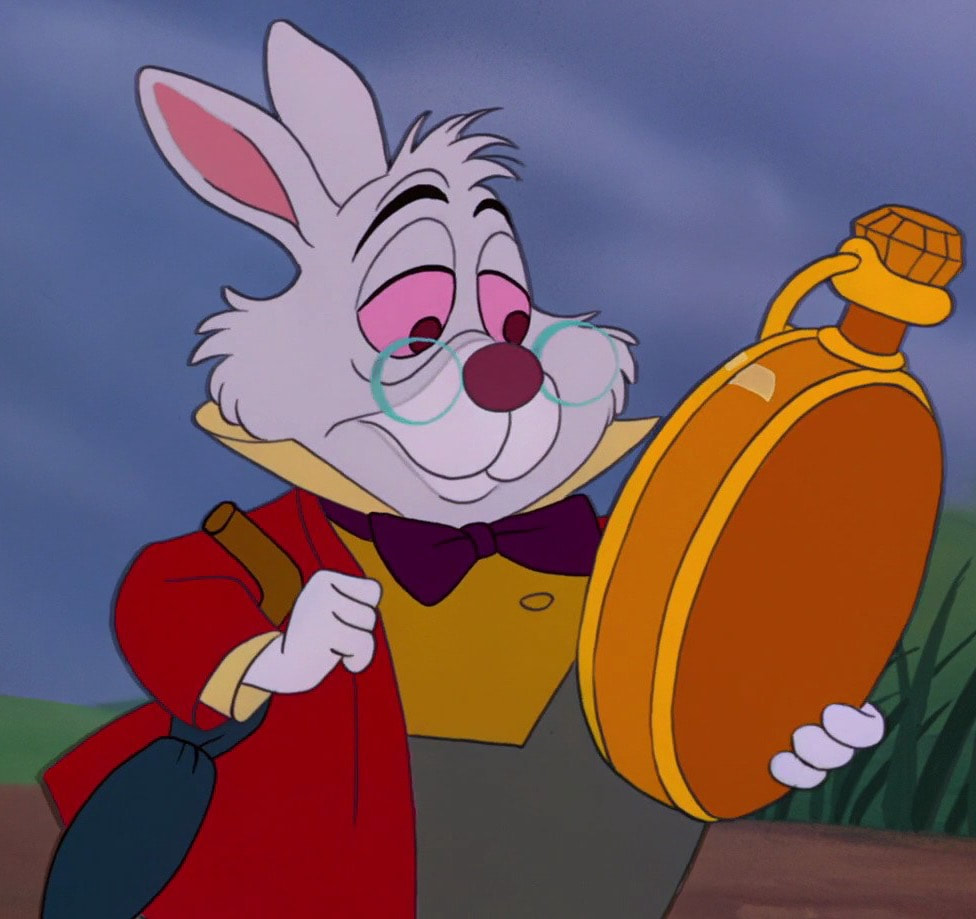
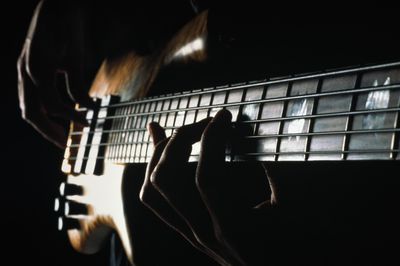
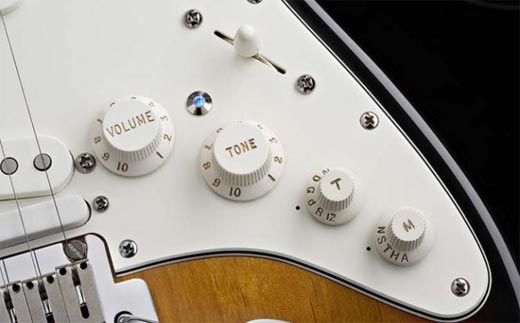
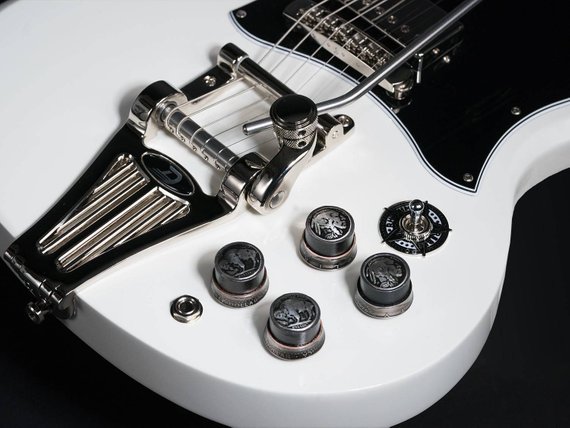
 RSS Feed
RSS Feed



